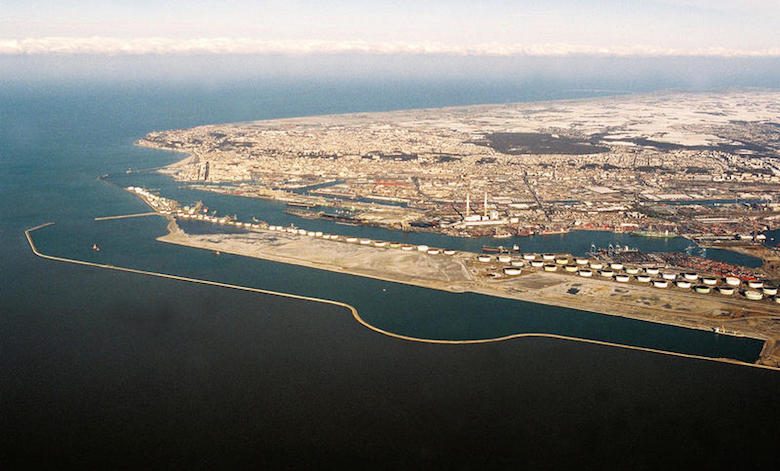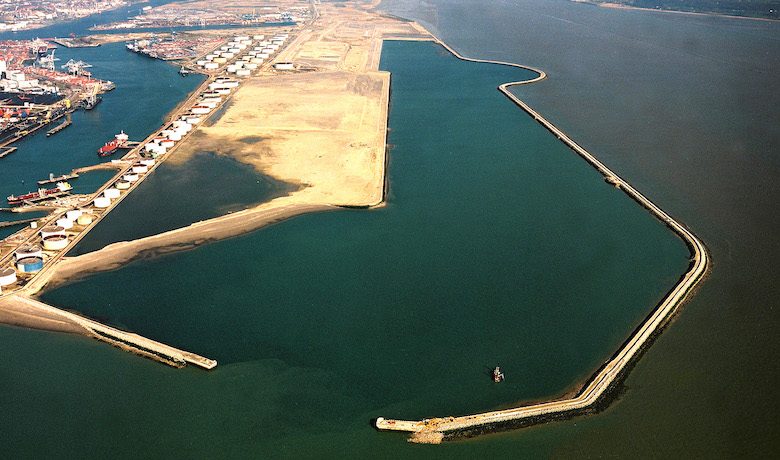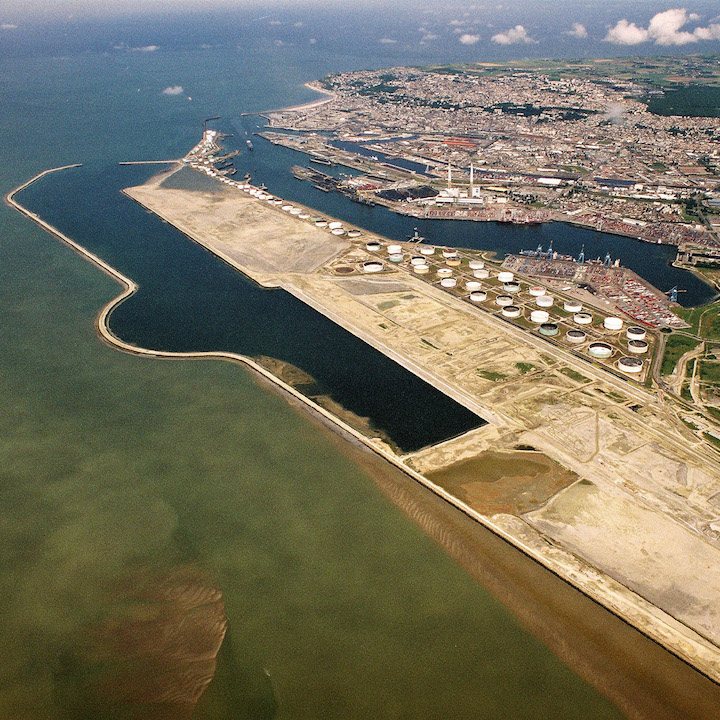background
Port 2000 is the largest European maritime project since 1970 and it enabled Le Havre to receive giant containers. This project made the seaport at Le Havre a major European logistics hub.
This project involved the construction of a port dedicated to containers located to the south of the Le Havre port infrastructure in the Seine estuary. This project also included setting up storage areas and infrastructure necessary for handling maritime traffic.
The objective was to increase Le Havre’s capacity to receive containers. More specifically, the goal was to get rid of all tidal constraints and thereby eliminate the waiting time for the largest latest-generation container ships. It meant boosting capacity to receive 6 million TEU containers and putting Le Havre among the top five European ports.











